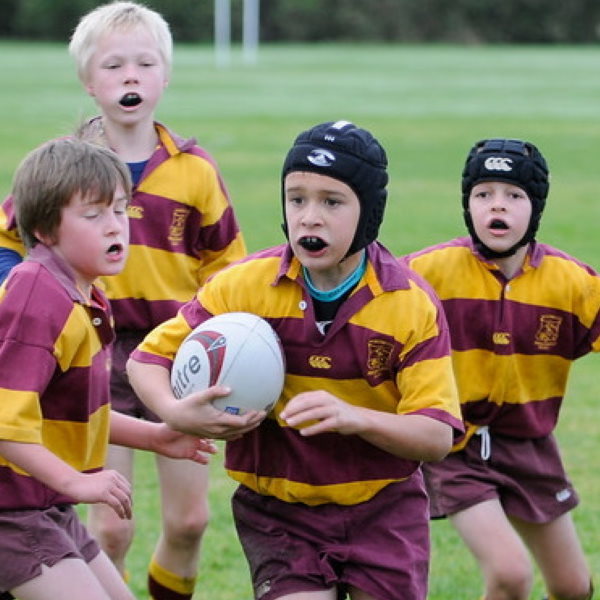
All
Head Injuries
The result of the game is always second to the cautionary approach of addressing any head knocks.
- Categoryinjuries | safety
- Last UpdatedSep 2021
There are clear procedures for dealing with head knocks. In our junior grades, it doesn't happen much but when it does we all have to support the procedure.
Every coach and referee should have taken the North Harbour coaching course which will include details about head injuries. This is a compulsory course every year to be a coach or referee.
Every manager should be informed of the concussion protocol steps at the coaches and managers meeting. Managers should inform all parents of the protocols and what to expect on the day if a head injury happens. If you have missed out on getting this then contact the junior committee.
Referee's, what to do?
In the lower grades, it can be hard to tell if something happened or not. The game is a lot more 'messy' in that players can be all over the place at times. It's not always easy to see a clear knock. You may have seen nothing but the player may say they got knocked in the head. Maybe you did see something but the player denies it. Kids may be less truthful or understanding when asked questions. So what's the approach?
The child should be sent to the sideline where they can be better assessed. There is no issue substituting them for 5-10 minutes to the sideline. Let the people on the sideline (managers\parents) take the time to assess the child better.
We need to encourage our players at this age to accept that this is what we do.
If you are a referee and the opposition coach argues your decision, you are still right to insist they go off to be assessed by that coach and parent before they can come back to play. It is good to raise this procedure before each game with the opposition team, so they know what to expect from you.
If there is a clear head knock, even if the player is fine. Then their game is over.
Managers & Coaches, what to do?
When your player comes to the sideline the first thing you do is assume that there was a head knock and assign someone to watch over the player. Run through some simple questions about the morning starting with 'what just happened?' If they can not remember or recall why they have been taken off this is a sign that you should seek some medical attention.
If they experience any of the following seek medical attention.
- New and persisting neck pain or tingling in the arms or legs
- Vomiting
- Decreasing levels of consciousness
- Double vision
- Bad headache
Other things to watch for as a sign that a concussion has happened include:
- Headaches or dizziness
- Blurry vision
- Difficulty with bright light or loud noises
- Having trouble with thinking, concentrating or memory
- More emotional or irritable
These signs don't have to show right away and should be watched out for over the next 24 hours and the player should not be left alone. The player should also not be allowed to sleep for the first four hours and should just rest. Use lite and casual conversation to help keep an eye on them and any unusual change in reactions/responses.
Headgear provides no protection against concussion
This article is by no means a definitive source of dealing with head knocks with young children. Its aim is to ensure we are all aware of things to look out for and are following an advised approach to head injuries. You can find several articles on the NZR 'Rugby Toolbox' website to further understand the topic.
You can download several protocol resources to print out and keep on hand from the Rugby Smart web page.
Recovery
Never does a player need to return for any other reason than that they have finished their recovery.
Sometimes the hardest part about recovery from a head injury is being forced not to participate and this can be much harder for our young players to understand. You can read more about this topic with this article on the Rugby Toolbox site.
A diagnosed concussion is 23 days stand-down from playing a game.
Each player's recovery steps can be different but the end goal should be a week that includes normal training that is free from any symptoms. How you get to that stage should be a discussion between the parents, coach, manager and involved medical practitioner. With everyone supporting the player the best outcome can be reached.

